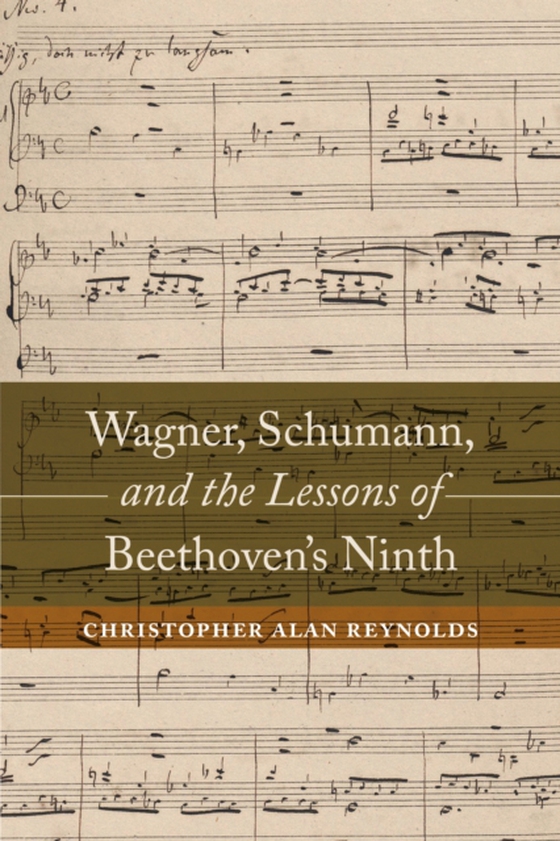
Wagner, Schumann, and the Lessons of Beethoven's Ninth e-bog
619,55 DKK
(inkl. moms 774,44 DKK)
In this original study, Christopher Alan Reynolds examines the influence of Beethoven's Ninth Symphony on two major nineteenth-century composers, Richard Wagner and Robert Schumann. During 1845-46 the compositional styles of Schumann and Wagner changed in a common direction, toward a style that was more contrapuntal, more densely motivic, and engaged in processes of thematic transformation. Rey...
E-bog
619,55 DKK
Udgivet
24 april 2015
Længde
232 sider
Genrer
AVGC
Sprog
English
Format
pdf
Beskyttelse
LCP
ISBN
9780520960978
In this original study, Christopher Alan Reynolds examines the influence of Beethoven's Ninth Symphony on two major nineteenth-century composers, Richard Wagner and Robert Schumann. During 1845-46 the compositional styles of Schumann and Wagner changed in a common direction, toward a style that was more contrapuntal, more densely motivic, and engaged in processes of thematic transformation. Reynolds shows that the stylistic advances that both composers made in Dresden in 1845-46 stemmed from a deepened understanding of Beethoven's techniques and strategies in the Ninth Symphony. The evidence provided by their compositions from this pivotal year and the surrounding years suggests that they discussed Beethoven's Ninth with each other in the months leading up to the performance of this work, which Wagner conducted on Palm Sunday in 1846. Two primary aspects that appear to have interested them both are Beethoven's use of counterpoint involving contrary motion and his gradual development of the "e;Ode to Joy"e; melody through the preceding movements. Combining a novel examination of the historical record with careful readings of the music, Reynolds adds further layers to this argument, speculating that Wagner and Schumann may not have come to these discoveries entirely independently of each other. The trail of influences that Reynolds explores extends back to the music of Bach and ahead to Tristan and Isolde, as well as to Brahms's First Symphony.
 Dansk
Dansk

